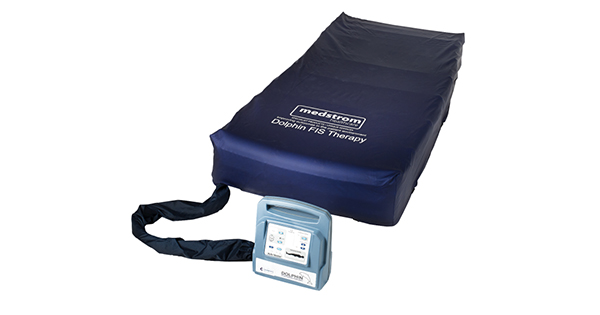Pressure ulcers remain a common complication of health care despite intensive prevention strategies and growing strategic interest. In addition to patient pain and discomfort, there is a risk of developing further complications such as infection with increased morbidity and mortality. It is known that a significant proportion of pressure ulcers in critically ill or immobile patients are related to the use of medical devices (Black et al, 2010). These are not always avoidable and require new techniques to help reduce or prevent skin damage beneath medical devices.







